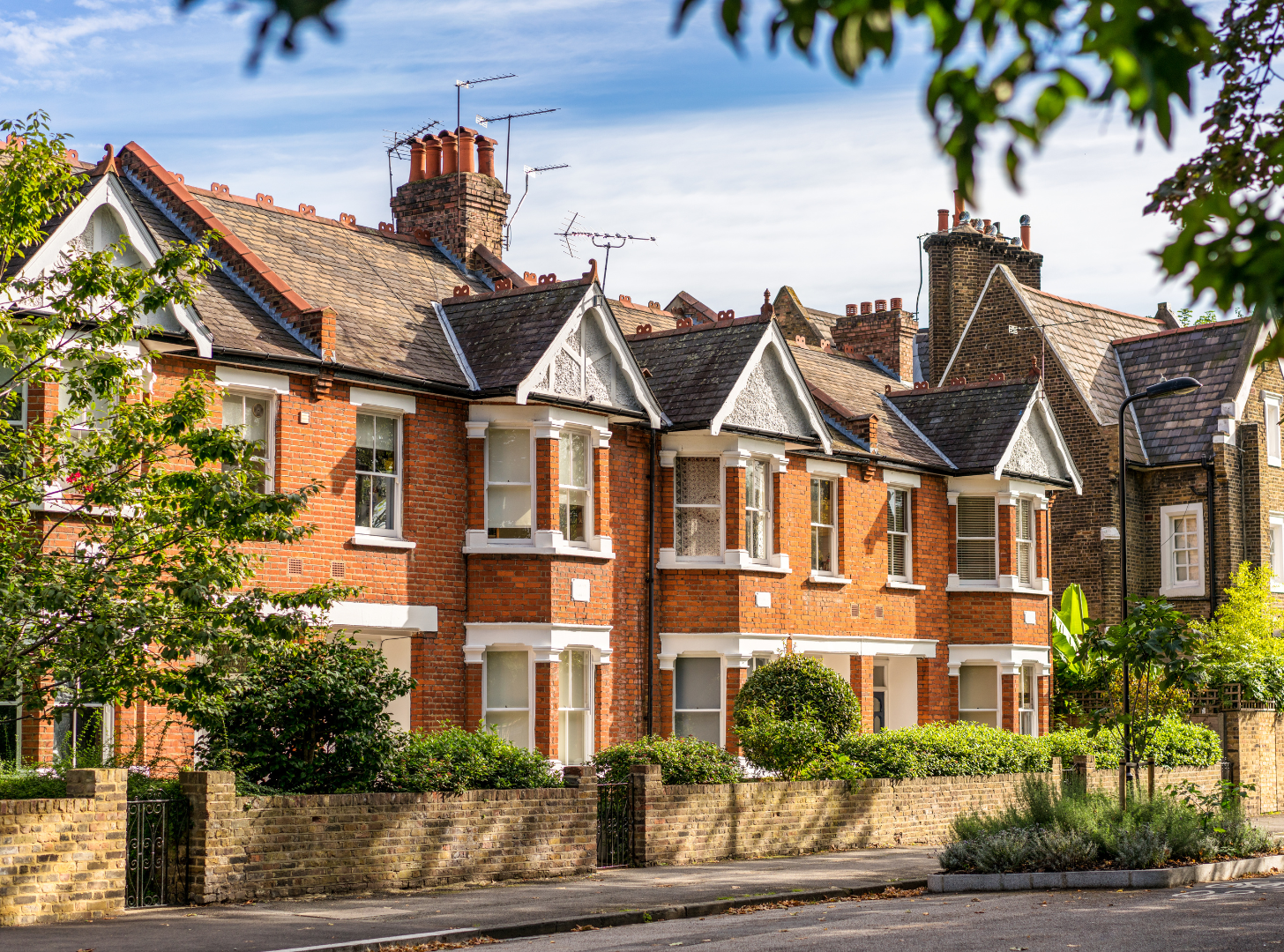The path to net zero social housing is no longer a distant aspiration; it’s a pressing regulatory and ethical imperative that is set to redefine the future of the rental market. After all, the UK has committed itself to reaching net zero by 2050, but what does this mean for the housing sector?
The challenge is immense, but the opportunity is even greater. Retrofitting existing housing stock is the single most important step we can take to meet national targets, and it’s a journey that promises to create a more sustainable, healthier, and economically viable future for millions of residents.
The Scale of the Challenge: The Need for Retrofit Decarbonisation
The UK’s housing stock is among the oldest and least energy-efficient in Europe, and a staggering 80% of the homes that will be in use in 2050 have already been built. This means we cannot simply build our way to net zero; we must transform what we already have.
For the social housing sector, which manages over 4.4 million homes across the UK, this is a significant undertaking. The government’s target for all social housing in England to reach an Energy Performance Certificate (EPC) rating of C or above by 2030 is a critical milestone. While social housing is generally more efficient than other tenures—with nearly 70% of homes already at EPC C or above—that still leaves hundreds of thousands of properties in need of urgent upgrading. This is the core of retrofit decarbonisation: a mass-scale, national effort to make our homes fit for the future.
This isn’t just about a single fix. A true whole-house sustainable retrofitting strategy involves:
- Improving insulation for walls, roofs, and floors.
- Upgrading windows and doors.
- Installing low-carbon heating systems, such as heat pumps.
- Enhancing ventilation to maintain good air quality.
The investment required is substantial, with the Climate Change Committee estimating that around £250 billion is needed to decarbonise all UK homes by 2050. However, the costs of inaction are far greater.
The Triple Benefit of Retrofitting Buildings for Sustainability
Retrofitting buildings for sustainability delivers a powerful trifecta of benefits for residents, landlords, and the public purse.
- Lower Bills: The most immediate and tangible benefit for residents is a reduction in energy costs. Upgrading a home from EPC D to C can save households hundreds of pounds a year on their energy bills, a crucial factor in tackling fuel poverty.
- Improved Health and Wellbeing: Poorly insulated, damp, and cold homes are a major public health issue. Research has shown that issues like mould and dampness can cause a wide range of health problems, from respiratory illnesses to mental health issues. In fact, poor quality housing is estimated to cost the NHS a staggering £1.4 billion a year in treatment costs. A significant portion of this, around £857 million annually, is due to excess cold. By creating warmer, drier, and better-ventilated homes, retrofitting directly contributes to a healthier population.
- Enhanced Asset Value: For property owners, a sustainable retrofit is an investment that future-proofs their assets. Properties with a higher EPC rating are more desirable, resilient to future climate regulations, and offer a better quality of life for residents.
The Role of Smart Retrofit Technology
To navigate this complex landscape, property managers and housing associations need data. They need to understand what is happening inside their properties in real-time to make smart, targeted decisions. This is where modern retrofit housing technology becomes invaluable.
Smart home sensors, for instance, are a game-changer. By discreetly monitoring key environmental factors like humidity, air quality, and temperature, they provide a continuous stream of data that helps to:
- Identify hidden risks: Spotting rising humidity levels before they lead to visible mould and damp.
- Prioritise retrofits: Highlighting which properties are performing worst and are most in need of intervention, ensuring resources are used effectively.
- Prove ROI: Measuring the success of retrofit work by demonstrating improvements in air quality and a reduction in damp-related issues.
- Empower residents: Giving residents and landlords clear, actionable insights to maintain a healthy home environment.
This proactive, data-led approach transforms reactive maintenance into a preventative strategy, saving money and improving resident health.
The Future of Sustainable Retrofit is Now
The transition to net zero social housing is not just an environmental obligation; it’s a foundational shift that will lead to more comfortable, affordable, and healthier homes for everyone. For those in the rental market – housing associations, developers, and property managers alike – the time to act is now. Adopting a data-driven approach is the key to unlocking the full potential of sustainable retrofitting and building a better future for the next generation of residents.
Partner with ResiSure to Build a Healthier, Smarter Future
Are you looking for a way to monitor the performance of your properties and inform your retrofit strategy? ResiSure’s smart home sensors provide the vital data you need to proactively tackle issues like humidity, damp, and mould, ensuring your residents are living in a healthy and safe environment. Simply activate your ResiSure sensor, place it in the property, and start tracking the home health metrics that matter to you from your personalised dashboard.
Get in touch with our team using the form below to find out how our sensors can help you manage your properties safely and sustainably.


